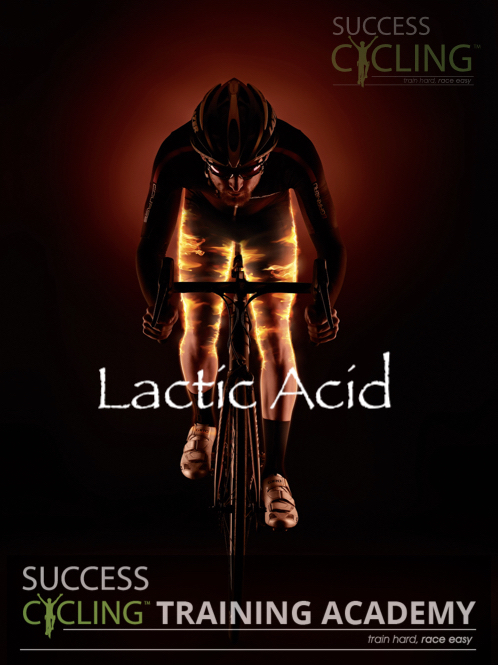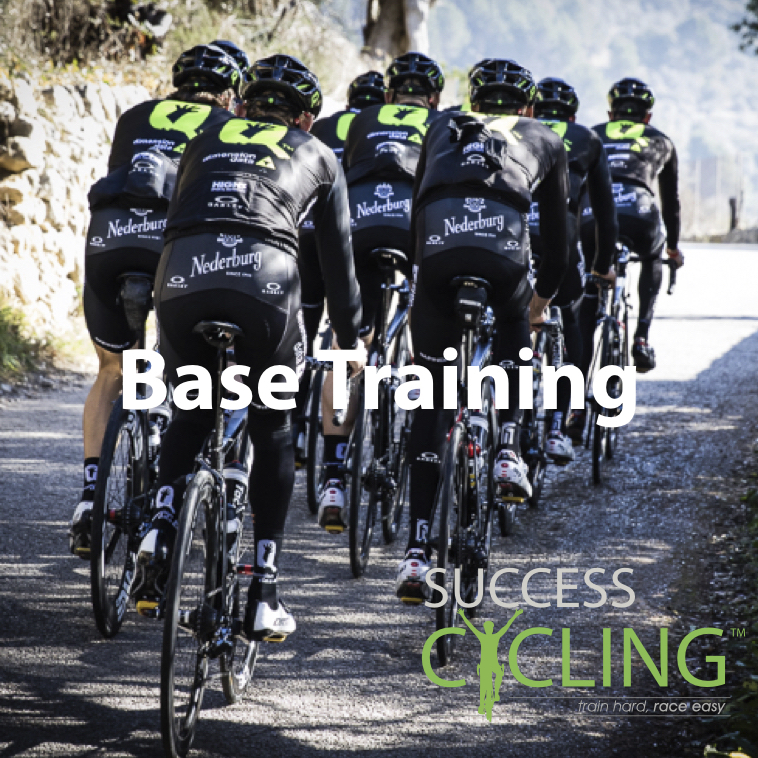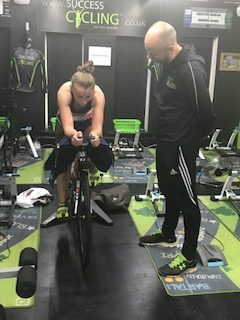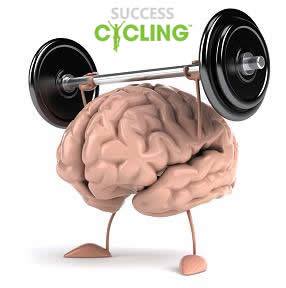Hard Road To Cycling Success
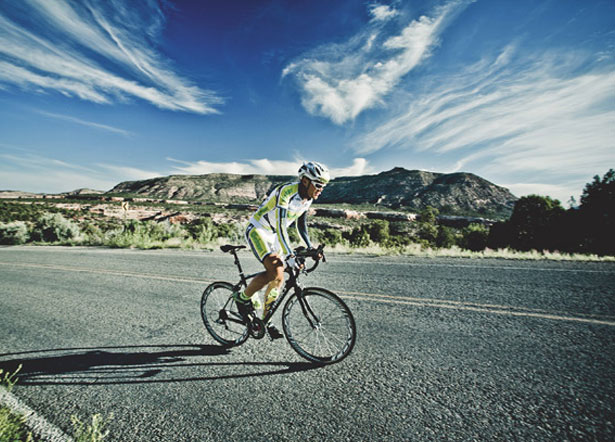
HARD ROAD TO CYCLING SUCCESS
To train harder you have to know which types of sessions will push you to your max. Here we look at eight different approaches to training to see how effective they are…
Here are eight key training sessions, a handful of which will feature on most cyclists’ training plans – which ones will depend on their individual goals, time of year and their dedication to making their legs hurt. Some of these sessions have less structure than others: if you aren’t following a dedicated training plan you are more likely to throw in a fartlek session or go out for a good hard thrash with the chain gang than do a classic interval session. These are also the more sociable sessions you can do with your mates. Ones that require you to stick to specific tempos or time bands are best done on your own. Take a look at the table below to help you create your own pick ‘n’ mix training plan depending on your goals. Remember the golden rule – train your weaknesses. The session you find hardest and least enjoyable may turn out to be the one that gets you the best results!
Get on Target: Be Specific
One of the keys to effective training that is easily forgotten is the need for specificity. “If you do lots of sprints you’ll get better at sprinting, whereas if you do steady climbing this is where you’ll feel the most improvement. The key is to use the different sessions to target those aspects of your fitness that you are trying to improve”.
With that in mind, here’s a simple chart to show you which sessions are best suited to your personal cycling goals.
| Fartlek | 1Min Effort | 30on 30off | Classic Ints | Chain Gang | Steady State | Hard Hills | Sprints | |
| Sprint | X | X | X | X | ||||
| Climb | X | X | X | X | ||||
| TT | X | X | X | X | ||||
| Gen | X | X | X | X | X | X |
T O U G H L O V E – Jumping on the turbo might be safer… Indoor Cycling
While the temptations of the open road will always outweigh the temptations of the rolling road, some of these sessions aren’t practical (or safe) to do outdoors. When trying out all the different sessions, we found that the one-minute intervals, the red-line fartlek and the 30-second efforts were particularly good at making us cross-eyed and wobbly towards the end.
Consider yourselves warned!
Sessions
1: Red – Line Fartlek
What do you do? One to three minute long efforts at 10 mile (or best 20-30 minute race) effort followed by equal length ‘recoveries’ at ‘50’ pace (so roughly best two-hour race effort). Warm up well, then do two 12-20 minutes blocks where you alternate pace. Have a 5-10 minute easy spin between the two blocks.
What is it good for? The fundamental idea in this session is that you alternate working just above your maximal lactate steady state (MLSS) with working just below it. But while it’s the higher efforts that hurt, it’s getting the ‘recoveries’ right that is key: “It is here the body learns to remove lactate rapidly and this is shown to be the main benefit of the session, rather than reducing lactate production.
Potential pitfalls: You really need to know where your threshold is (whether in terms of pace, heart rate or power), and to stick to it throughout the session.
2: One – Minute Efforts
What do you do? Simple. Two sets of seven to ten 60-second efforts with a one or two-minute recovery after each, and five minutes of easy spinning between sets. Ride as hard as you can (given the number of intervals you’re doing) in each effort.
What’s it good for? This session is very useful for riders who struggle with the repeated attacks of a road race.
Potential pitfalls: Main concern with this session is the amount of effort required to perform the session and how tired that might make you. “A single session may be potent and demanding, but it may also compromise the day-to-day recovery.” A further concern is how you interpret ‘as hard as you can’: “If you really do push all-out right from the start, each interval will be of lesser quality than the previous one, and overall the amount of work done will be compromised.
3: 30 on, 30 off
What do you do? Spend 20-30 minutes alternating between 30 seconds very hard and 30 seconds very easy.
What’s it good for? “Sessions like this allow the athlete to maintain a decent duration with their oxygen uptake close to their VO2 max, without inducing too much fatigue.” You can even make the efforts shorter and even harder (say 5 or 10 seconds on, 10-20 seconds off). Do two blocks of 15 mins of that. “You’ll have completed about 10 minutes of work at a pace you could normally only sustain for a minute.”
Potential pitfalls: Exactly what impact a session like this might have in the real world is unclear, since the only people who really find themselves racing like this would be mountain bikers and riders in a small break.
4: Classic Intervals
What do you do? This session is based on the runner’s standard, the mile rep. Do four to six minutes at 10-mile effort or harder, with two to four-minute spin recoveries after each one.
What’s it good for? “This is a good solid endurance session, particularly useful if you progressively increase the duration of the ‘hard’ interval.” We should note that this isn’t just boosting endurance in the ‘how long can I possibly ride for’ sense, but in the sense of ‘how long can I possibly hold 27mph in a 10-mile’ sense!
Potential pitfalls: Perhaps the biggest issue here is the temptation to make all the recoveries really short – say one minute long – in order to make the session harder (and make it end sooner). This doesn’t really work. For the session to work properly the recoveries need to be at least half the length of the efforts. This will allow you to hit each effort ‘proper hard’. Cut the recoveries and all you really have is a different-shaped ‘Fast-Steady’ ride.
5: Steady State Training
What do you do? Go out for a 60-90 minute ride and spend the middle 30 or 40 minutes riding at a pace you could sustain for a two-hour race.
What’s it good for? This session provides the fitness you need to do any other hard training or racing efficiently. “This is one of the best forms of steady training for improving maximum sustainable speed. It’s no coincidence that world-class endurance athletes like Paula Radcliffe, Chris Boardman and Hicham El’ Guerrouj shared this common training method”.
Potential pitfalls: Some might consider those parts of the ride that aren’t done ‘hard’ of dubious value, and it’s still perfectly possible to overdo a ride like this, particularly if you’re doing other hard sessions on other days. Indeed, our preference is for shorter sessions, done frequently throughout the week, rather than too many mega rides like this. Try doing one or two 20-minute blocks several times a week.
6: Hard Hills
What do you do? Another typical group ride which looks like this: Ride easy out to local hilly area. Ride up hill hard. Re-group at top. Ride steady to next hill. Ride up hard again. Repeat until cross eyed or cafe is reached.
What’s it good for? Let’s face it, rides like this are fun! And in theory a session like this should improve your climbing, however…
Potential pitfalls: …there’s little structure to the training so you may not be using the time you have all that effectively, or be able to compare rides fairly to see if you’re improving.
7: Sprints
What do you do? Go out for a normal 60-90 minute ride, but towards the end do 6-12 full-out sprints for 15-20 seconds, with two five minutes of easy spinning after each.
What’s it good for? Obviously sprinting in training helps your racing sprints, but they can also help you get the very last drops out of your training before a key ride or race. “The size of the gains from these short bouts are huge in comparison to the relatively small amount of time spent doing them”.
Potential pitfalls: Sprint intervals don’t quite work in the same way as longer efforts (they improve your overall economy, rather than increasing your underlying fitness that much). As a result they can make you feel like you have good ‘top-end’ speed very quickly, even if you’re not as fit as you might like. They’re also incredibly fatiguing if done properly. “Pull the all-out work towards the end of the session – you might not get home otherwise!”
8: The Chain Gang
What do you do? Think Grand Tour team time trial or bunch breakaway – it’s a classic mid-week cycling club session, lasting between 90 minutes and two hours. Riders work in two files, usually (depending on the wind direction) with the riders closest to the kerb moving through and across onto the front and the outside file easing back to drop onto the back of the inside line.
What’s it good for? The chain gang is a way of building road race specific fitness and awareness. It’s always easier to work hard with others around you and a chain gang can cater for different levels of fitness by allowing some riders to sit in while others work on the front.
Potential pitfalls: There are two ways to ‘misuse’ a chain gang. Firstly, “It’s possible to have quite an easy ride and therefore not get much benefit, by just sitting in and not going to the front. It’s equally possible to get sucked into the ‘racing’ aspect of the chain gang and push so hard that you need a day off.
Words of wisdom
No training session is really a ‘waste of effort’ but keeping an eye on the bigger picture is central to getting the best out of your training…
- Don’t train for a race you aren’t doing (so avoid sprinting if your target is a 12-hour)
- Monitor how tired you are and avoid mixing hard sessions with days when you’re knackered
- Change your training as you get fitter. Make intervals a little longer, aim to climb hills quicker, or look to cover more ground in the same time on the bike. If you simply stick with the same thing week-in, week-out you’ll soon stop improving
- Keep your body guessing (and adapting to training more effectively) by never doing exactly the same session two weeks in a row
- Don’t expect certain sessions to work as quickly or as well as for you as they do for others. We’re highly individual and consistent quality is the most important factor
Oh and finally; get yourself organised!
A very small amount of planning can help you get greater results from your training. By identifying the areas you need to work on and selecting the training sessions you need to do from this article, you are part of the way there. Don’t forget there are other key rides you need to balance up your programme, a steady longer ride, and a rest day or at least a recovery ride day. Your weekly programme doesn’t need to be the same every week, in fact it’s better to keep your body guessing, but if you really want to develop and reach peak fitness at the right time it’s best if you know what you are doing in advance (even if your body hasn’t been told yet). Do try and pencil in an easy week once a month, keep the intensity and halve the volume so that you don’t become progressively over trained. Bear in mind your current fitness level. If you are just starting out don’t build your whole programme around these sessions – add in that long steady ride and use the hard sessions sparingly at first.
If you would like more info or help with a training plan please contact the coach; info@successcycling.co.uk
Leave a Comment cancel
This site uses Akismet to reduce spam. Learn how your comment data is processed.

